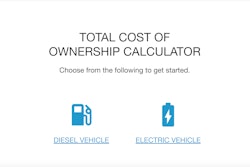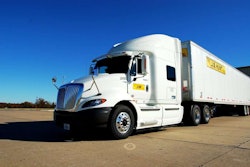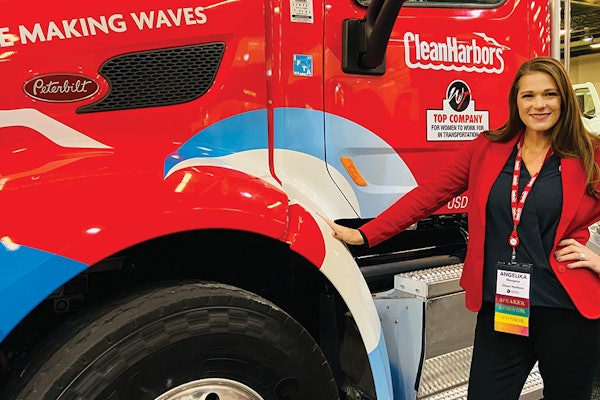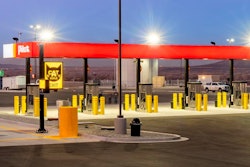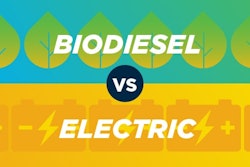When Daimler Trucks announced in January plans shelve its truck platooning program, I think it took a lot of industry-types by surprise.
In reassessing its work on truck platooning – a practice the company has tested for several years and many thousand miles in the U.S – the German truck maker said test results have shown that fuel savings even in perfect platooning conditions are less than expected, adding those savings further diminish when the platoon disconnects and the trucks must accelerate to reconnect.
I’ve long felt like a successful platoon is hindered by two major problems that largely are out of its control: 1) It relies heavily on the cooperation of the motoring public, which is something truckers don’t receive with regularity. Looping and swooping a semi is practically an Olympic trial on many highways. And 2) There’s not enough incentive for the guy in front to be in front. That is, of course, assuming the trucks aren’t operated by the same company.
I wasn’t among those surprised by the news, but Peloton CEO Josh Switkes was.
Peloton, among the leaders and innovators in this space, has done a lot of work with platooning and Switkes says he disagrees with Daimler Truck & Bus boss Martin Daum, who said there currently was “no business case” for truck platooning in the U.S.
“In our initial operations with very large customers, we have seen excellent fuel savings, high utilization and a perfect safety record,” he says. “Over the last five years, as we have developed platooning to commercial readiness, we have found that to get the benefits our customers seek, the system must combine the right functionalities around Vehicle-to-Vehicle (V2V) communication, cloud supervision and coordination and the right driver experience.”
Peloton has patented many of these functionalities and, Switkes says, has found them critical to an effective solution for the industry.


